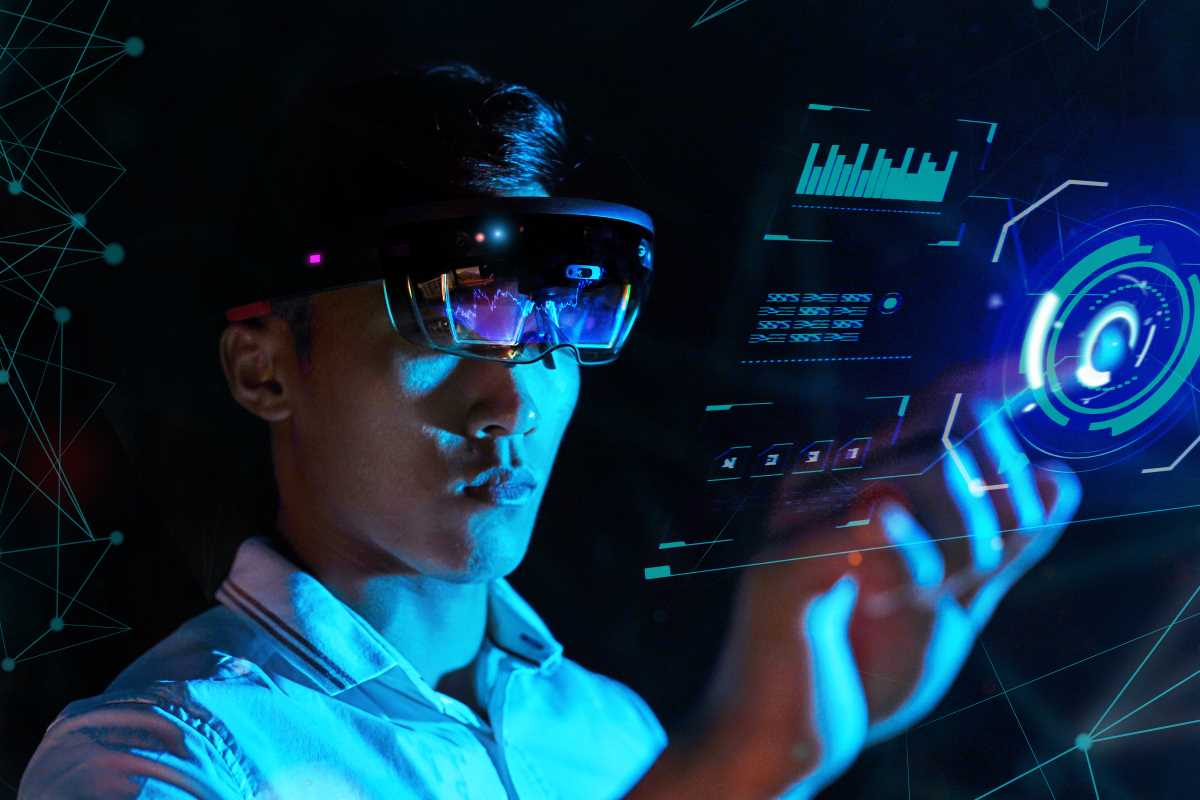Brain-computer interfaces (BCIs) transform how humans interact with technology by creating direct communication pathways between the brain and external devices. These systems interpret neural signals and translate them into commands that allow users to control computers, prosthetics, and other devices. Originally developed for medical purposes, BCIs are now branching into numerous fields, offering groundbreaking applications that promise to reshape industries and improve lives.
What Are Brain-Computer Interfaces?
BCIs are systems that establish a direct connection between the brain and an external device. They work by capturing neural activity—typically via sensors placed on the scalp (noninvasive) or implanted in the brain (invasive)—and processing these signals to produce outputs. These outputs can control various devices, such as robotic limbs, computers, or wheelchairs. Advances in neuroscience, machine learning, and signal processing have significantly enhanced BCI accuracy and usability, expanding its practical applications.
Medical Applications
The initial and most profound use of BCIs lies in the medical field, offering solutions for patients with severe neurological impairments.
- Restoring Mobility
- BCIs can restore mobility and independence for individuals with spinal cord injuries or neurodegenerative diseases like ALS (Amyotrophic Lateral Sclerosis). These systems allow patients to control robotic limbs or exoskeletons using their thoughts. Recent developments have enabled paralyzed individuals to perform tasks such as grasping objects, walking with assistance, and even communicating through thought-controlled devices.
- Treating Neurological Disorders
- BCIs are also being explored for treating disorders such as epilepsy, Parkinson’s disease, and depression. Implantable BCIs can monitor brain activity and deliver targeted electrical stimulation to modulate neural activity, relieving symptoms. For example, deep brain stimulation (DBS) devices use this principle to help Parkinson’s patients regain motor control.
- Communication for Locked-In Syndrome
- BCIs can significantly benefit patients with locked-in syndrome, who are fully conscious but unable to move or speak. These systems enable communication by interpreting neural signals to generate text or speech, providing a lifeline for individuals who would otherwise be isolated.
Non-Medical Applications
Beyond healthcare, BCIs are finding applications in entertainment, education, and other sectors, demonstrating their versatility.
- Gaming and Virtual Reality
- The gaming industry is increasingly incorporating BCIs to create immersive experiences. By using neural signals to control gameplay, users can interact with virtual environments in ways previously impossible. This innovation is revolutionizing virtual reality (VR), making it more intuitive and engaging. BCIs are enabling gamers to control avatars, solve puzzles, and perform actions with their thoughts alone, creating a new dimension in entertainment.
- Enhancing Workplace Efficiency
- BCIs are being explored in professional settings to monitor cognitive states and improve productivity. Devices can track mental fatigue, stress levels, and focus, allowing employers to optimize workflows and reduce burnout. For example, a pilot using a BCI could receive real-time feedback to improve concentration during critical flight operations.
- Accessibility and Smart Home Control
- BCIs offer revolutionary accessibility solutions for individuals with mobility impairments. Using thought commands, these systems allow users to control smart home devices—such as lights, thermostats, and appliances. Such applications enhance independence and quality of life, particularly for individuals with severe physical disabilities.
Advancements in Education and Training
BCIs are also transforming education and skill development:
- Personalized Learning: BCIs can assess a student’s cognitive load and engagement in real-time, enabling tailored educational content to match their learning pace.
- Skill Enhancement: By analyzing brain activity during tasks, BCIs can identify areas for improvement and provide targeted training programs.
- Military Training: In defense, BCIs are used to enhance decision-making and situational awareness during high-stress scenarios.
Ethical Considerations
While BCIs hold immense promise, they raise significant ethical concerns:
- Privacy: Neural data is highly sensitive. Safeguarding this information from misuse or unauthorized access is critical.
- Autonomy: There are concerns about the potential manipulation of thoughts or behaviors through BCIs, particularly in neural stimulation applications.
- Access and Equity: BCIs are expensive, raising concerns about their accessibility and the risk of widening social inequalities.
Addressing these challenges requires robust ethical frameworks, regulatory oversight, and transparency in BCI development and deployment.
The Future of Brain-Computer Interfaces
BCI technology is advancing rapidly, with exciting possibilities on the horizon:
- Non-Invasive BCIs: Researchers are improving the accuracy and usability of non-invasive BCIs, aiming to make them as effective as invasive systems without the need for surgery.
- Neuroprosthetics: Innovations in neuroprosthetics are enabling more natural and precise control of artificial limbs, including sensory feedback to mimic touch.
- Memory Enhancement: Experimental BCIs are exploring ways to enhance memory and cognitive function, potentially aiding individuals with conditions like Alzheimer’s disease.
- Neural Integration with AI: Integrating BCIs with artificial intelligence can enable more sophisticated signal interpretation and predictive capabilities, enhancing their applications in various fields.
Real-World Innovations
Several companies and research institutions are leading the charge in BCI development:
- Neuralink: Founded by Elon Musk, Neuralink is developing implantable BCIs to treat neurological conditions and eventually enable brain-to-brain communication.
- CTRL-Labs: Acquired by Meta (formerly Facebook), this company is creating non-invasive neural interfaces for applications in AR/VR and smart devices.
- Blackrock Neurotech: Specializing in implantable BCIs, Blackrock focuses on restoring mobility and communication for patients with severe disabilities.
These pioneers are pushing the boundaries of what BCIs can achieve, driving innovation across industries.







